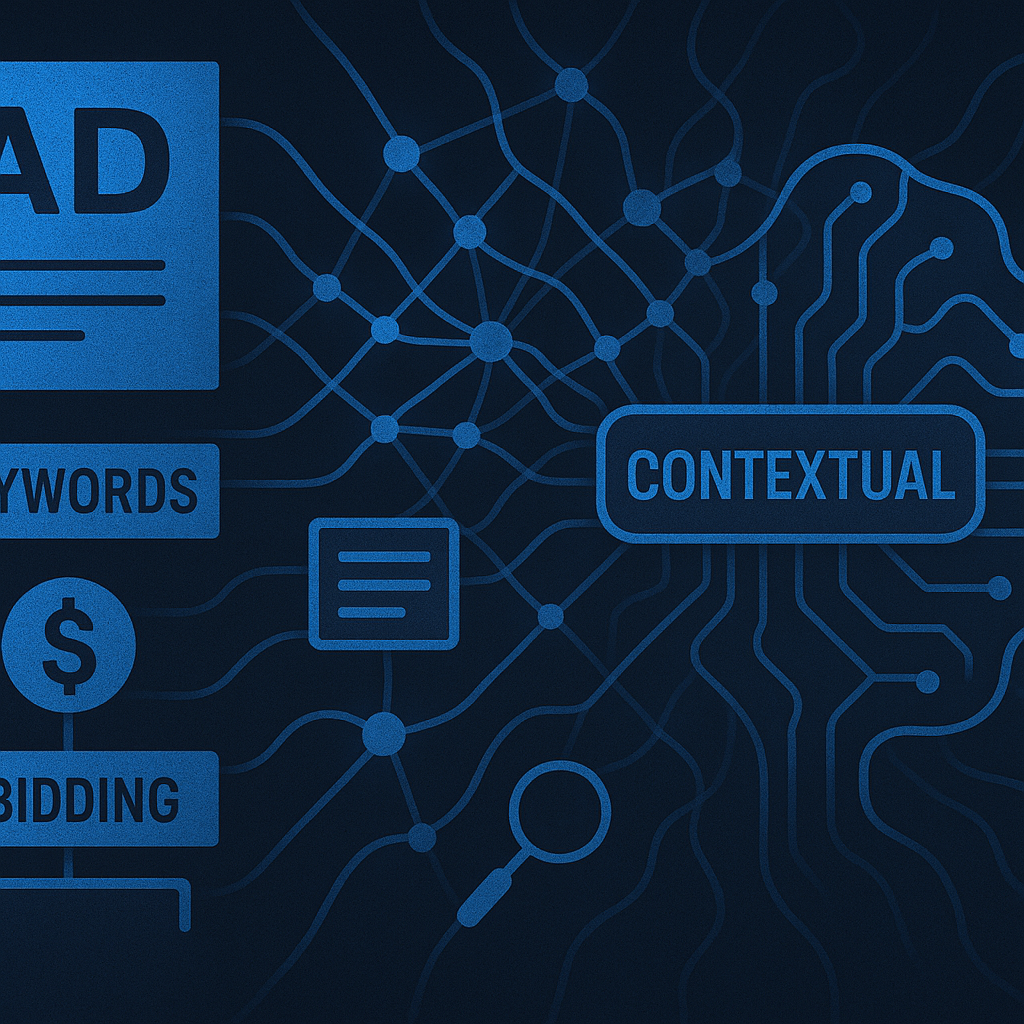LLM-Powered Advertising Platforms: Strategic Architecture for 2025

Howard Ekundayo
May 10, 2025

The advertising infrastructure landscape is undergoing a fundamental transformation driven by large language models. Drawing from my experience leading engineering teams at OpenAI, Google, and Netflix, I've observed how AI is completely reshaping ad platform architecture and optimization strategies. What's clear is that this isn't merely incremental improvement but requires a complete rethinking of how advertising systems are built, optimized, and evaluated.
The most significant shift is happening in the core matching architecture. Traditional keyword-based advertising is rapidly being supplanted by semantically-aware systems that understand intent, context, and nuance. Ad platforms are moving from statistical matching to true language understanding, with neural embedding architectures replacing traditional keyword indexes. This transition enables vastly more sophisticated targeting but requires completely different technical infrastructure, with computational costs rising 5-10x and creating both challenges and opportunities across the ecosystem.
"The winners in advertising's LLM revolution won't be those with marginally better targeting algorithms, but those who fundamentally reimagine the entire advertising stack from creative generation through real-time optimization to delivery architecture."
The Next Generation of Ad Platforms
LLM-powered chat interfaces and AI assistants are creating entirely new advertising inventory and monetization models. While platforms like ChatGPT and Claude currently lack robust ad models, this represents a major untapped opportunity. Recent research points to novel auction mechanics for LLM outputs, including token-by-token bidding systems and "sponsored completions" that seamlessly integrate promotional content into AI-generated responses. The technical challenges here are substantial but promising first implementations suggest early platforms capturing this opportunity will establish significant competitive advantages.
Beneath the surface, ad platform architectures are evolving from monolithic systems to composable, microservice-based architectures that enable real-time optimization. The transition to event-driven ad systems allows for sub-millisecond bidding and contextual targeting, with companies implementing these architectures seeing 15-20% improvements in return on ad spend. This architectural shift requires sophisticated orchestration layers, hybrid processing models combining pre-computed user representations with real-time signals, and continuous model training pipelines that can rapidly incorporate new engagement data.
The creative side is experiencing equally profound transformation through LLMs. Static A/B testing is being replaced by continuous, multivariate optimization of ad creative through generative AI, enabling thousands of variations to be tested simultaneously. Leading platforms have developed specialized "Ad LLMs" fine-tuned on high-performing advertising content, showing 60-70% higher accuracy in predicting ad performance compared to general-purpose models. This democratizes sophisticated creative optimization that was previously available only to the largest advertisers, potentially reshaping competitive dynamics across industries.
Technical Requirements for Strategic Advantage
The infrastructure demands for LLM-powered ad platforms require significant architectural evolution. Meeting the sub-100ms requirements of programmatic advertising with LLM inference requires sophisticated distributed architectures and model distillation techniques. Efficient pipelines for moving between offline training, online inference, and feedback loops are critical for performance, creating opportunities for specialized ETL and data orchestration tools. These increased computational demands are changing the economics of digital advertising, with potential impacts on take rates and pricing models throughout the ecosystem.
For engineering leaders navigating these changes, the strategic imperative is clear. First, invest in infrastructure that enables real-time, semantically-aware ad targeting with sophisticated creative optimization. Second, develop a clear strategy for novel monetization approaches, particularly for organizations with conversational AI interfaces. Third, build technical capabilities at the intersection of privacy, personalization, and performance in a post-cookie world through innovative applications of synthetic data generation and federated learning. Organizations that execute effectively across these dimensions will likely capture disproportionate value as the advertising landscape continues to evolve.
Learn more about this article
The AI assistant uses the content of this article to provide relevant answers. Information may not be 100% accurate.
Powered by claude-opus-4-20250514